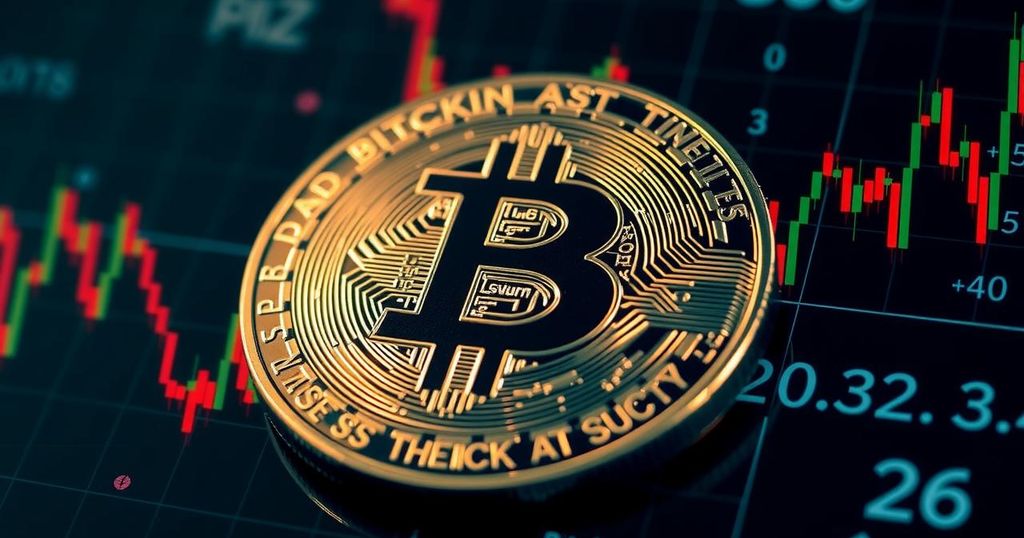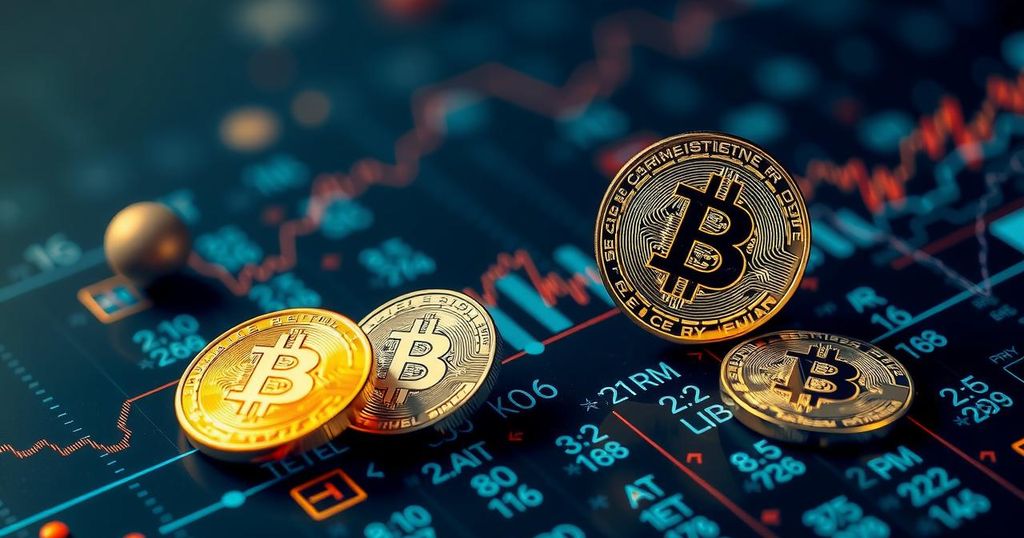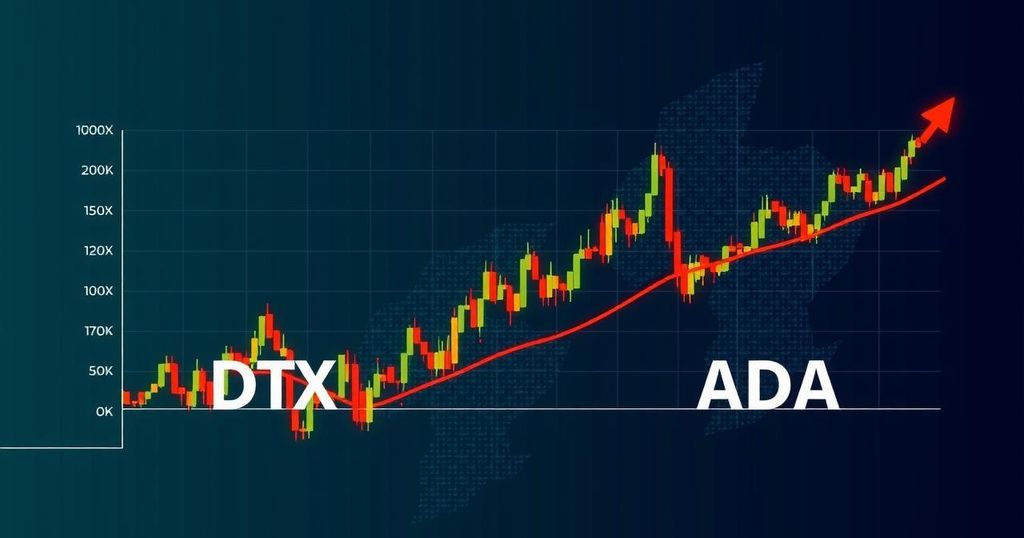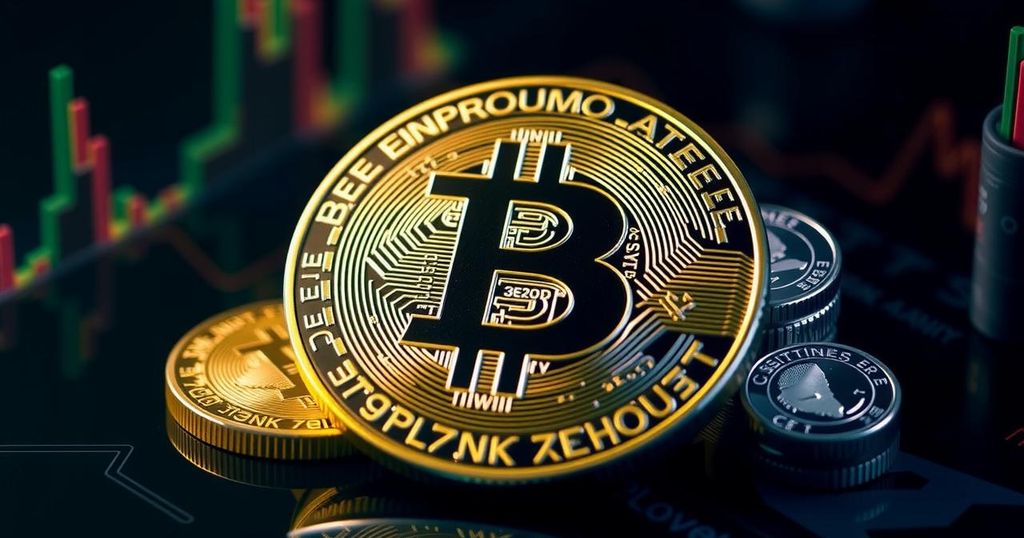Bitcoin’s High Price Tag: Is It Alienating Retail Investors?
Bitcoin’s price reaches $97,227 per coin, nearing $100,000, sparking concerns about retail investor alienation. The current rally is primarily institutional-driven, contrasting earlier retail engagement. The rising perception of Bitcoin as a luxury investment could deter average investors, despite its divisibility and accessibility. A potential breach of the $100,000 milestone may renew retail interest. The challenge lies in communicating Bitcoin’s fractional investment opportunities and retaining its grassroots appeal in the face of institutional dominance.
As Bitcoin continues its upward trajectory, with a current valuation of $97,227 per coin as of December 1, 2024, the cryptocurrency is approaching the significant $100,000 milestone. This surge has evoked considerable discourse regarding its attractiveness to retail investors. In stark contrast to the exuberance witnessed during the rallies of 2017 and 2021, the present market is largely bolstered by institutional investment, resulting in a distinct decline in retail interest. Data from Google Trends indicates a recent peak interest of 65 out of 100, which has seen a downturn since mid-November.
Such a dip in retail participation prompts a critical examination: Is Bitcoin’s rising valuation fostering a perception of exclusivity that deters wider demographic engagement? Over recent years, Bitcoin has been likened to “digital gold,” promoting its qualities of scarcity and utility as an inflation hedge. However, this comparison may inadvertently categorize Bitcoin as a luxury investment, akin to gold, which has historically been criticized for its inaccessibility to average investors, thereby relegating Bitcoin to an asset aligned with wealth.
The high price of Bitcoin may alienate potential retail investors who, during earlier phases of adoption, recognized it as an attainable investment. In contrast, altcoins, often perceived as the more affordable alternatives, might attract those who feel excluded by Bitcoin’s current price point. One of Bitcoin’s notable advantages is its divisibility—each Bitcoin can be divided into 100 million units known as satoshis. This capability enables investments of any size, which allows for fractional ownership; however, this essential feature remains largely unrecognized by many retail investors, who may mistakenly believe they must purchase a whole Bitcoin.
The current market dynamics denote a significant institutional influence, reflecting a pivotal shift in Bitcoin’s narrative towards acceptance as a store of value among major corporations and investment funds. Unfortunately, this transformation could solidify Bitcoin’s reputation as an exclusive asset for affluent individuals. Should the retail investor community feel disconnected from the Bitcoin market, there is a risk of losing the grassroots momentum that was pivotal in its initial surge.
Interestingly, if Bitcoin surpasses the $100,000 threshold, there may be an rejuvenated interest from retail investors, as this milestone could elicit associations of growth and stability. Similar behavioral patterns were observed when Bitcoin transgressed the $10,000 and $50,000 marks in previous years. Hence, retaining retail investors necessitates a multifaceted approach: promoting Bitcoin’s fractional investment opportunities, fostering a competitive presence against altcoins, and continually advocating its benefits as a viable long-term investment strategy.
The cryptocurrency market has evolved significantly, expanding beyond initial retail enthusiasm to incorporate substantial institutional investment. While Bitcoin was initially embraced by individual investors, its recent price surge, now nearing $100,000, has raised concerns about its accessibility and appeal to the average investor. The shift towards institutional dominance influences perceptions of Bitcoin, potentially leading to a misunderstanding of its inherent divisibility and accessibility. This context is crucial for understanding the current landscape of Bitcoin investment and the challenges it faces in maintaining retail interest.
In conclusion, Bitcoin’s significant price increase poses a challenge to its appeal among retail investors, which may be exacerbated by its perception as an asset primarily for the wealthy. While the divisibility of Bitcoin allows for fractional investing, the average investor may not fully grasp this advantage. As institutional investment continues to grow, it is paramount for Bitcoin advocates to emphasize its accessibility and long-term value proposition, particularly in light of potential milestones that could rekindle retail investor interest.
Original Source: news.bitcoin.com





Post Comment